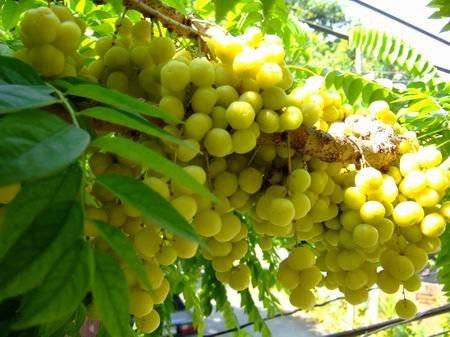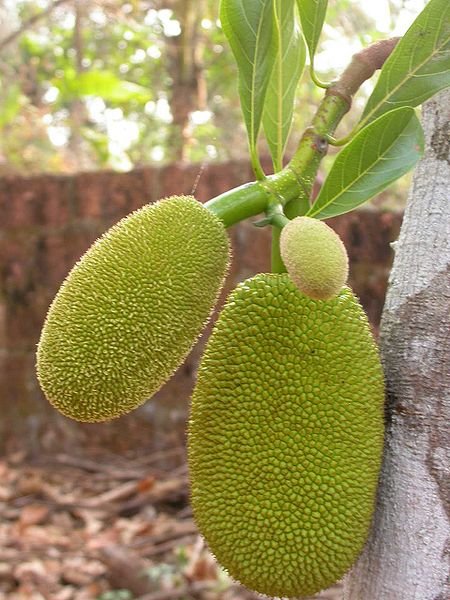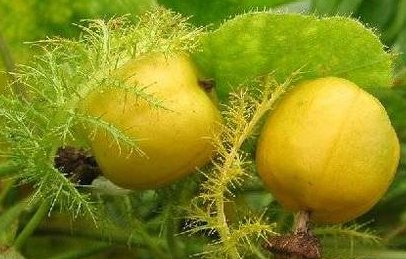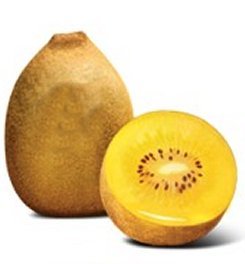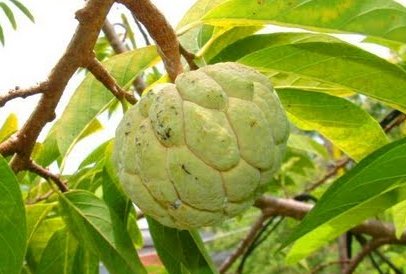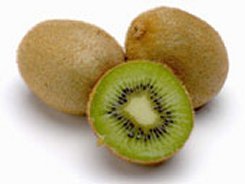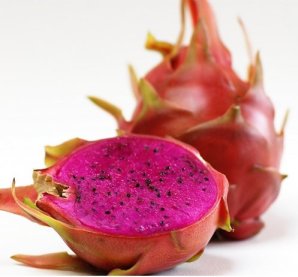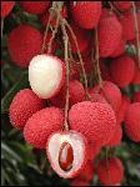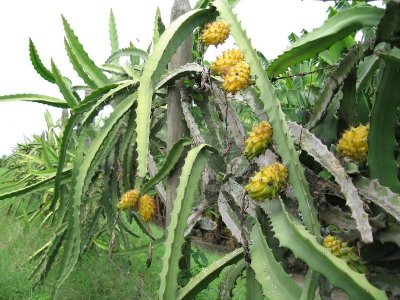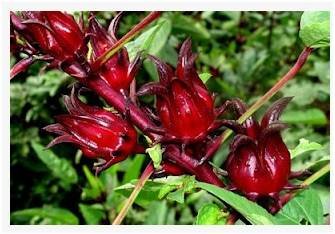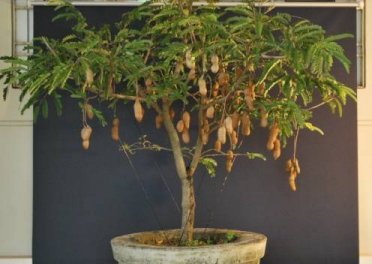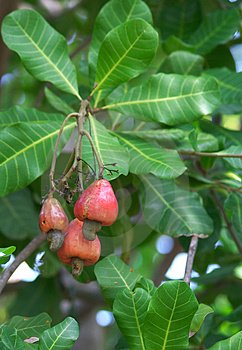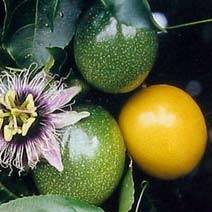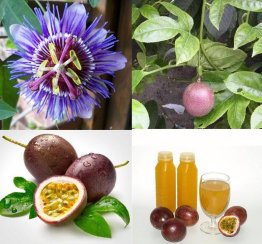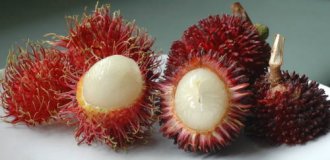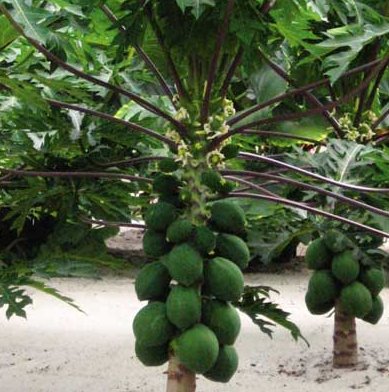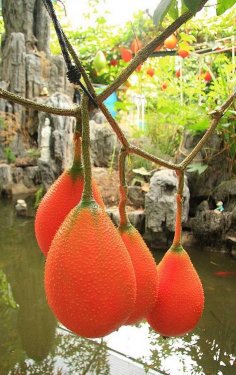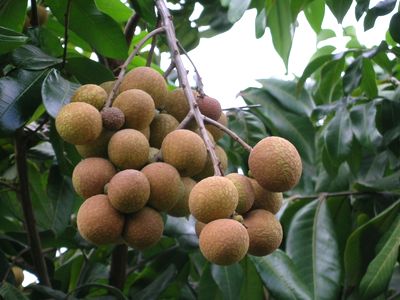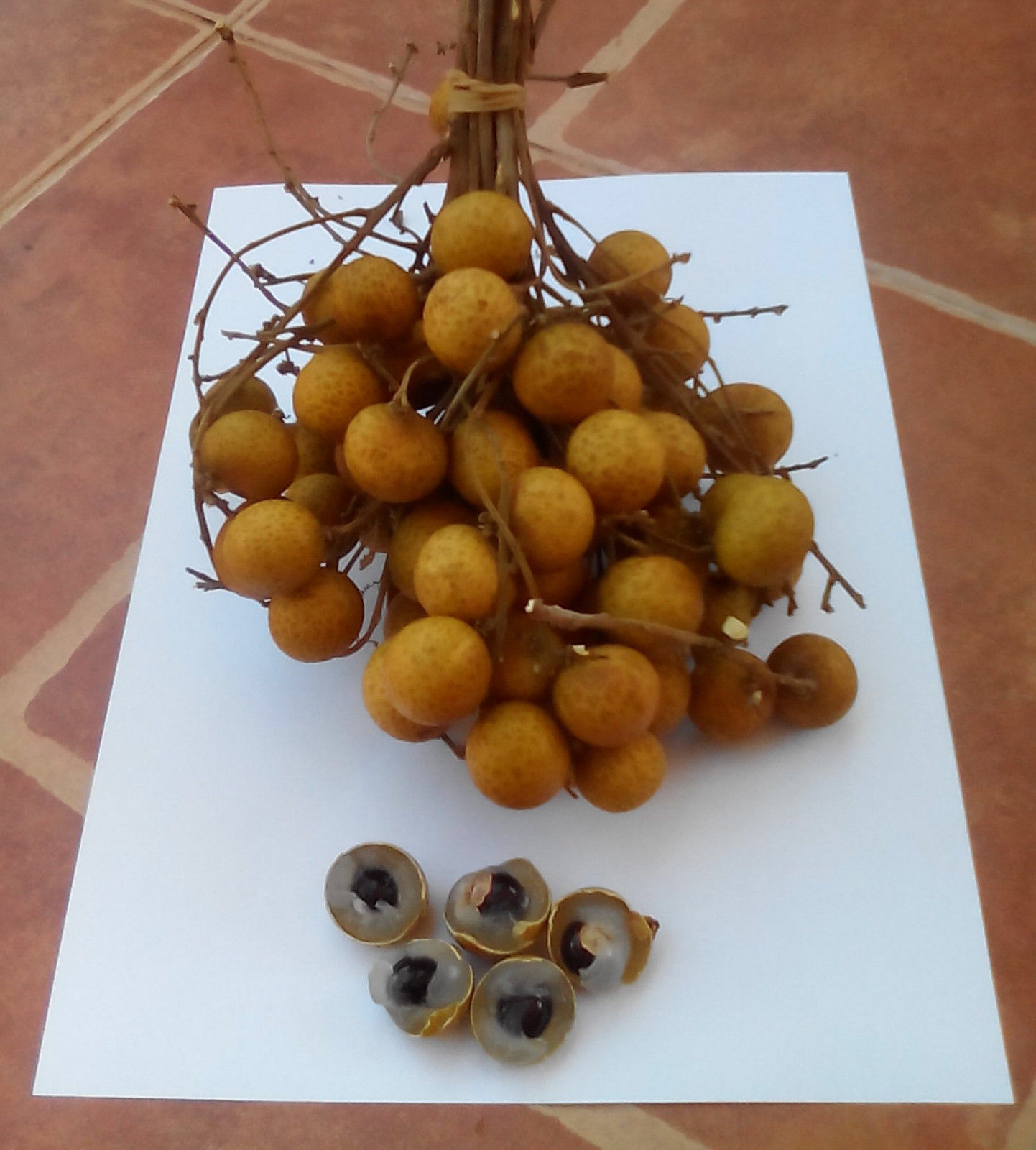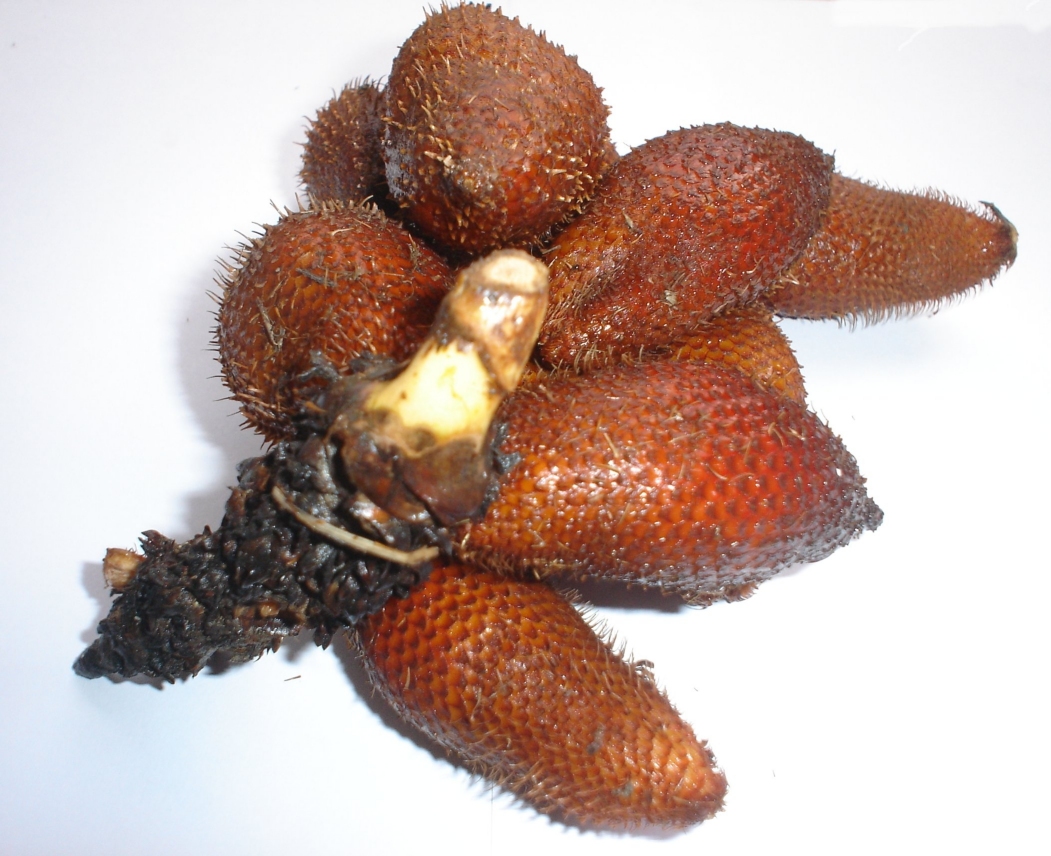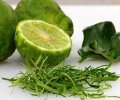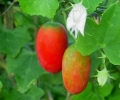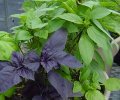"Lamoot"
Thai Sapodilla, Buah Ciku, 5 fresh seeds"
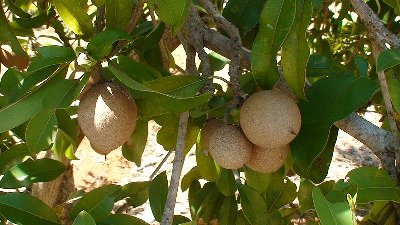
Sapodilla grows to 3-4 m tall. It is wind-resistant and the bark is rich in a white, gummy latex called chicle. The ornamental leaves are medium green and glossy. They are alternate, elliptic to ovate, 7-15 cm long, with an entire margin. The white flowers are inconspicuous and bell-like, with a six-lobed corolla.
The fruit is a large ellipsoid berry, 4-8 cm in diameter, very much resembling a smooth-skinned mango and containing 2-5 seeds. Inside, its flesh ranges from a pale yellow to an earthy brown color with a grainy texture akin to that of a well-ripened pear.
The flavor is exceptionally sweet and very tasty, with what can be described as a malty flavor. The unripe fruit is hard to the touch and contains high amounts of saponin, which has astringent properties similar to tannin, drying out the mouth.
The sapodilla trees yield fruit twice a year, though flowering may continue year round. The fruit has a high latex content and does not ripen until picked. Some are round and some are oval with pointed ends.
The sapodilla tree is also the source of chicle, a chewing gum component.
$2.95

